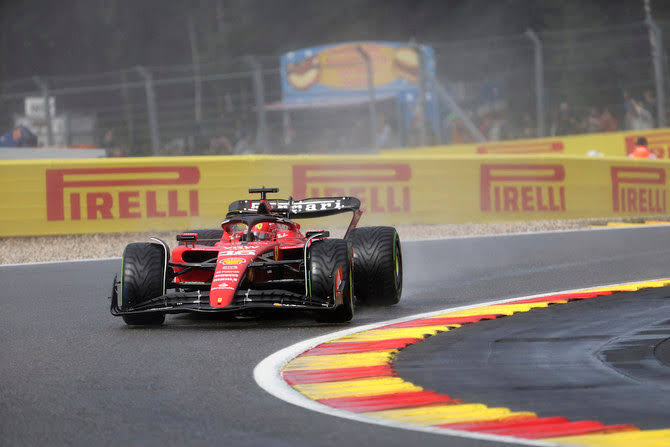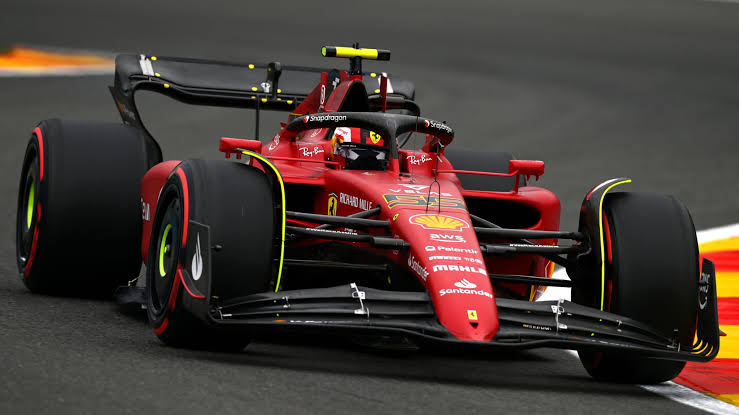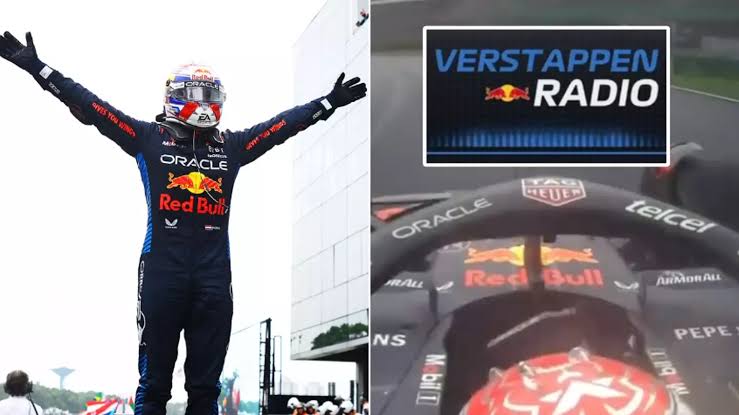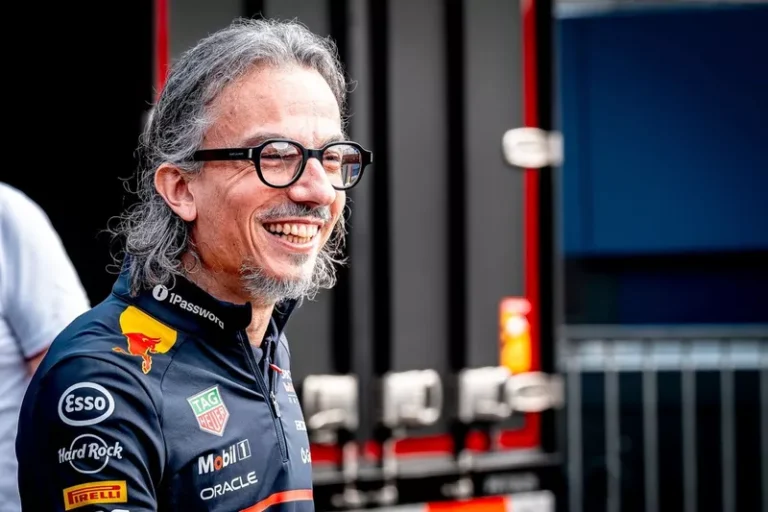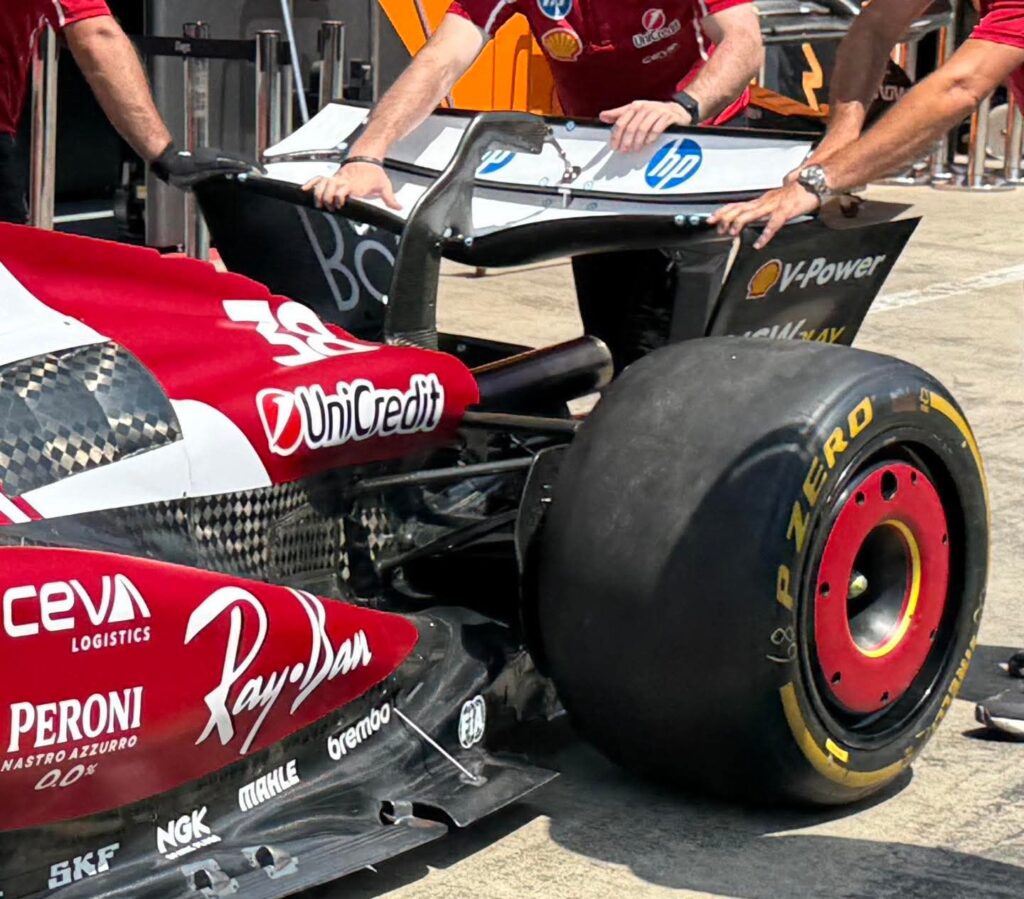
Ferrari is doubling down on suspension innovation as it seeks a competitive resurgence in the twilight of F1’s ground-effect era. In a season defined by microscopic performance margins, the Maranello-based outfit is fine-tuning the SF-25’s anti-dive and anti-squat systems—mechanical architectures designed to stabilize the chassis during aggressive load transitions. As teams prepare for the seismic regulation overhaul in 2026, Ferrari is exploiting every legal loophole in the current rulebook to maximize aerodynamic consistency and mechanical grip under dynamic stress.
The anti-dive system, focused on the front suspension, mitigates nose compression under hard braking. By manipulating the suspension geometry to redirect deceleration forces, Ferrari aims to preserve the front ride height and maintain a consistent aerodynamic profile. This not only boosts stability but also minimizes tire lock-ups and pitch-induced handling irregularities. On the flip side, the anti-squat system stabilizes the rear axle during acceleration, preserving rear ride height and maintaining clean airflow through the diffuser—critical for maximizing traction during power delivery and high-speed corner exit.
Ferrari’s mechanical execution hinges on the meticulous orientation of suspension arms—tweaking angles, link lengths, and anchoring points to reallocate vertical loads through lateral components. This engineering ballet enables the SF-25 to suppress unwanted chassis movement without compromising suspension compliance. The net effect? A flatter, more composed aerodynamic platform under longitudinal stress, allowing Charles Leclerc and Lewis Hamilton to extract more from the car’s potential under braking and acceleration phases.
While McLaren and Mercedes have made formidable strides in the suspension war—each tailoring their setups to complement unique chassis philosophies—Ferrari has encountered a challenge in balancing both ends of the car. Their 2024 focus on anti-squat yielded commendable traction, but the front end lacked finesse under braking. This year’s updates aim to harmonize the dynamic behavior across both axles. Yet achieving equilibrium remains elusive, and the SF-25 has occasionally displayed instability when transitioning between deceleration and power phases.
Ferrari’s solution? A rear-end overhaul, launching at the Belgian Grand Prix. The team has reengineered the gearbox casing to counteract torsional flex and revamped the suspension arms to better distribute mechanical stress. Without altering the core suspension concept, Ferrari has optimized arm placement for enhanced rear grip and lateral stability. The goal is to counteract the aggressive anti-dive tuning up front, restoring platform balance and giving Hamilton and Leclerc a more trustworthy foundation to battle for podiums. Whether this upgrade vaults Ferrari back into the title hunt remains to be seen—but it signals they’re far from conceding.
